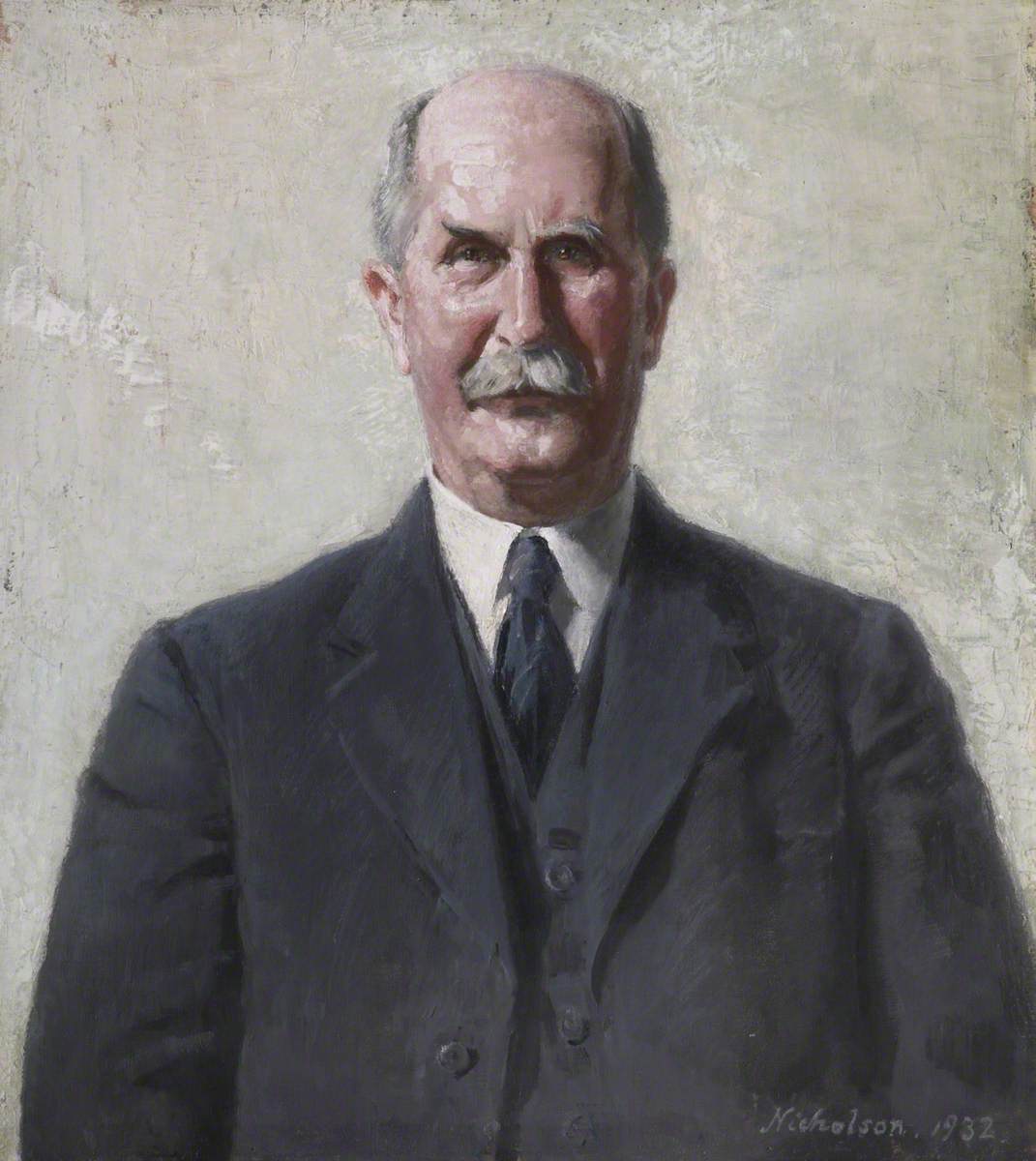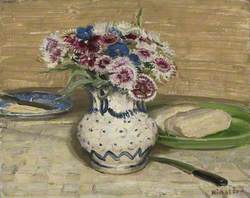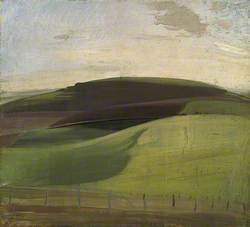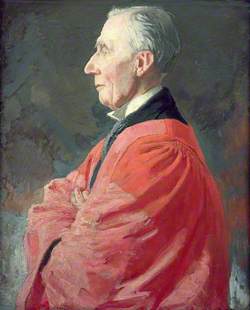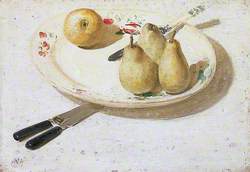How you can use this image
This image is available to be shared and re-used under the terms of the Creative Commons Attribution-NonCommercial-NoDerivatives licence (CC BY-NC-ND).
You can reproduce this image for non-commercial purposes and you are not able to change or modify it in any way.
Wherever you reproduce the image you must attribute the original creators (acknowledge the original artist(s) and the person/organisation that took the photograph of the work) and any other rights holders.
Review our guidance pages which explain how you can reuse images, how to credit an image and how to find more images in the public domain or with a Creative Commons licence available.
DownloadNotes
Add or edit a note on this artwork that only you can see. You can find notes again by going to the ‘Notes’ section of your account.
William Henry Bragg was a key figure in twentieth century science, serving as President of the Royal Society. With his son Lawrence he won the physics Nobel Prize in 1915 for working out how to determine crystal structures using X-rays. At first they looked at simple crystals but subsequently the method was used for complex organic molecules such as DNA. This portrait was painted while Bragg was Professor at the Royal Institution, living with his family in its second floor flat. It was painted by the window of his study which is above the room where it now hangs. Thirty years later his daughter remembered: 'The artist wore a canary waistcoat, scarlet tie and white socks, and entertained his sitter with a flow of very funny stories not quite to my modest father's taste.
Title
Sir William Henry Bragg (1862–1942)
Date
1932
Medium
oil on canvas
Measurements
H 67 x W 62 cm
Accession number
RIIC 0049
Acquisition method
commissioned and given by Royal Institution Officers and Members, 1933
Work type
Painting
